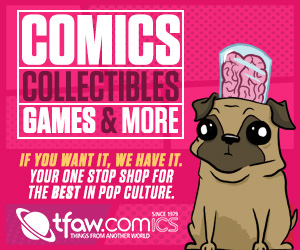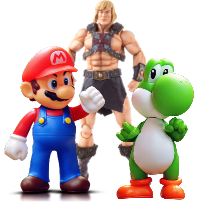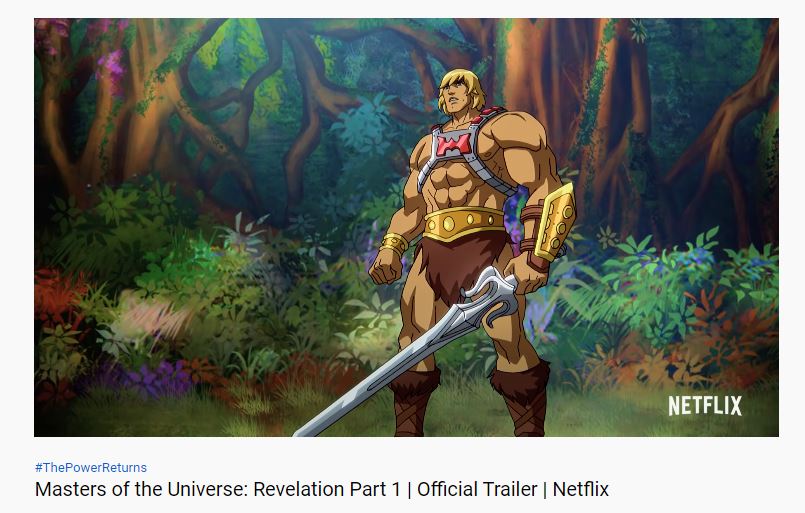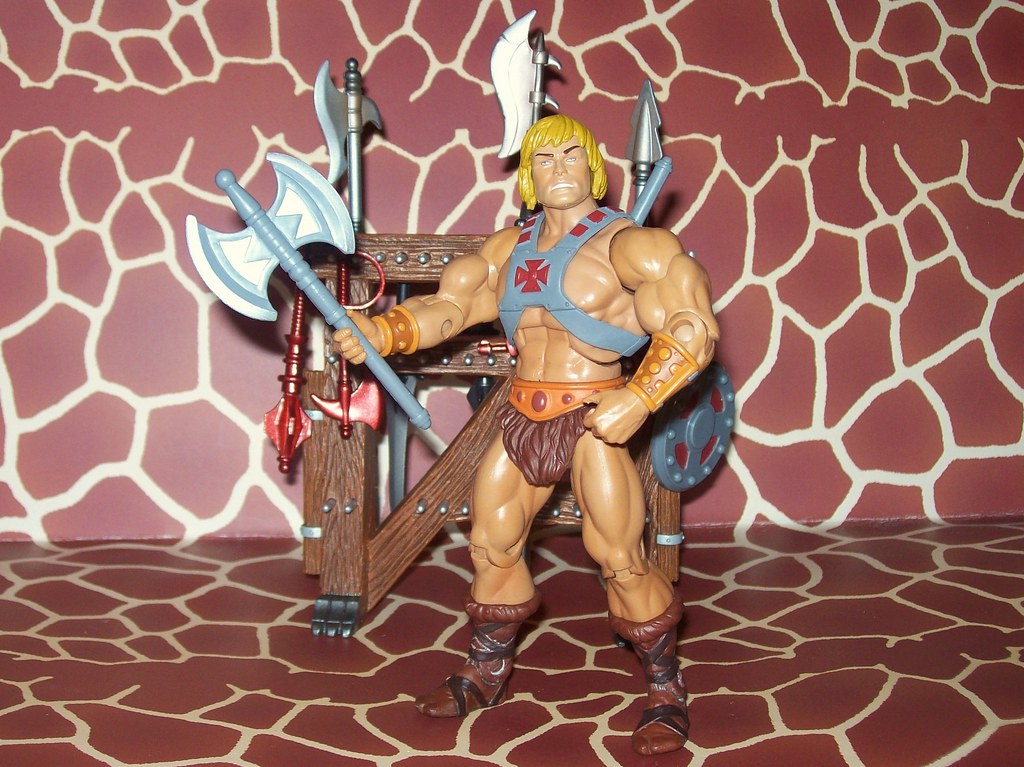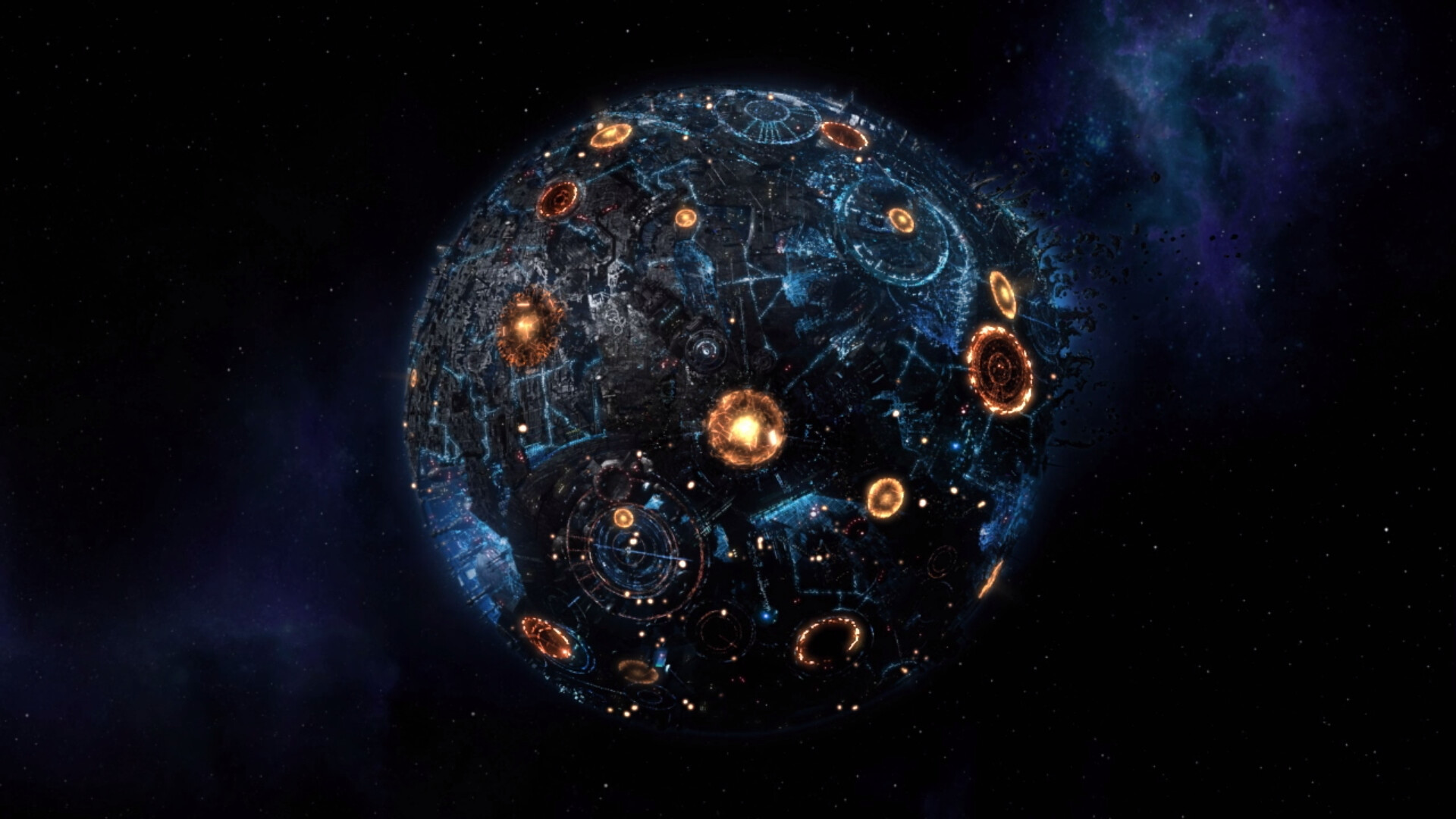The ’80s are oftentimes referred to as ‘the golden era of television.’ This decade saw a revolution in the television industry, as cable TV and home movie systems rose to prominence. Under the pressure of these new advancements in the entertainment industry, the television networks that once dominated the industry felt immensely challenged. These networks that once had a ‘monopoly’ on TV viewership were pressured into creating high-quality soaps and sitcoms to keep their audience. Many of these soaps and sitcoms were either lighthearted and comedic in nature, or dramatic and action-packed. Whether you preferred talk shows, family sitcoms, or mysteries, you would always find something to suit your tastes in the ’80s.
We’ve picked some of the best TV shows from a variety of genres found in the ’80s. You may see some of your favorites or discover something new you would like to watch!
Cheers
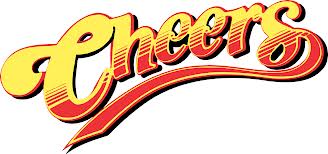
Who could ever forget Cheers? This American Sitcom ran for over a decade on NBC, eventually nabbing the title of ‘most highly rated television show’ in the nation. Cheers primarily catered towards adult viewers as it discussed serious societal issues, such as alcohol and sex addiction, infidelity, homosexuality, and more. The bar setting, as well as the sometimes frustrating, romantic relationship between Sam and Diane, are more examples of why this show was mostly watched by adults. What makes Cheers so special is that despite all the difficult subjects it discusses, there is always a comedic aspect to it. The ability to make people laugh through what one may call ‘dark humor’ is special. Moreover, the bonds between the workers and regulars of Sam’s bar is incredibly heartwarming. Through thick and thin, they had each other.
Miami Vice
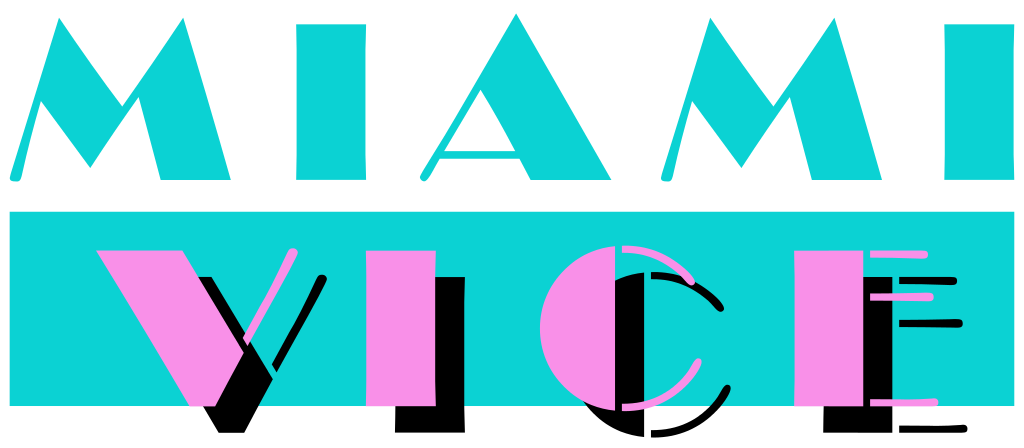
Miami Vice is far from a conventional TV show. Despite being a crime drama series, Miami Vice featured many references to New Wave culture. The incorporation of music into the show appeared to be seamless, with music videos playing a large role in each episode. Episodes of this show tended to lack plot but compensated for this through flashy imagery and special effects. The color palette of this show, moreover its avoidance of earthy tones and exclusive use of eye-catching colors makes many refer to Miami Vice as a prime contender for the most definitive cinematography of the ’80s. The uniqueness of this show earned it a whopping 15 Emmy nominations for the first season alone.
Family Ties
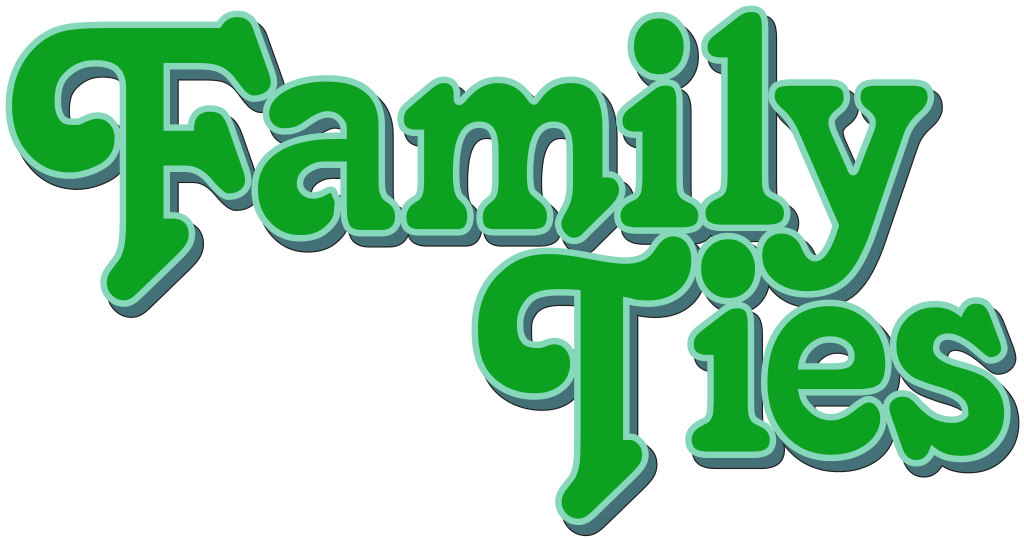
The ironic parent-child relationship found in Family Ties matched the political climate of its time. The show ran during Reagan’s time in office, where conservative values were pushed after two long decades of liberal thinking. To mirror this, Family Ties featured two ‘hippie,’ liberal parents with children whose views do not align with their own. Alex is a conservative republican while Mallory is far from a feminist. The cultural and political divide between parent and child serves as the show’s comedic selling point. It can be argued that no other show reflected an American family during changing times in a better way.
Growing Pains

Despite lacking much of a unique aspect that sets it apart from other family sitcoms, there’s something heartwarming about Growing Pains that earns it a place on this list. Perhaps it is the mundaneness of the Seaver family that is its charm- it reflected many families during the time and related to viewers in a way that would encourage them to come back for more. The show once earned a spot on the top five highly rated TV shows in the whole world, and also featured a theme song that charted on Billboard.
Magnum P.I.

Magnum’s free spirit and lack of regard for anything but his own values are what makes Magnum P.I. such a captivating show. Following Magnum’s crazy antics is exhilarating; who wouldn’t want to live a life solving criminal cases on a whim, driving a luxurious Ferrari to one mission from another? The action behind each case cracked as well as the comedic relationship between Magnum and Higgins entices viewers to keep coming back for more. The series reeled in a staggering 19 Emmy award nominations, making it one of the most acclaimed shows of the ’80s. Though the ’80s were full of adventurous, brave leads in crime shows, there is nothing quite like Magnum’s independent character.
The Cosby Show

It’s difficult to look back on this show fondly after knowing the dark truth behind the series’ lead actor. However, this show is more than the man behind it; Cosby does not define The Cosby Show. Many have said that The Cosby Show ‘single-handedly revived the sitcom’ genre, with the show claiming the top spot on TV ratings for five seasons in a row. The Cosby Show is oftentimes credited as the show that paved the way for African American representation on television, influencing later programs such as Family Matters and The Fresh Prince of Bel-Air. Though Cosby himself may be a disgrace in the entertainment industry, how this show influenced society cannot be forgotten.
The Golden Girls
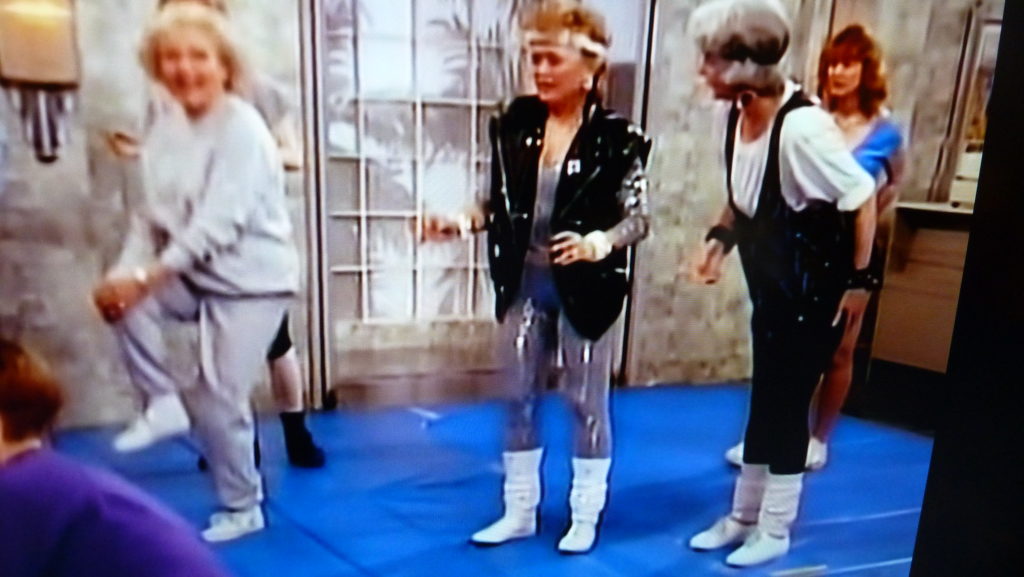
The fact that a show about the friendship between four old women became a smash hit may be baffling to some, but there’s something so heartwarming about The Golden Girls that draws viewers in. The four women share a home together and slowly develop an inseparable bond between themselves. For many, it was refreshing to feel the love and care that Blanche, Sophia, Rose, and Dorothy have for one another; it was different from the more ‘romantic’ love featured in many shows of its time. The dynamic between each character as well as the somewhat unconventional comedy featured in this show made it appealing to the young audience. The Golden Girls was so successful that after the finale, three whole spinoffs were made to go off the original.
Perfect Strangers
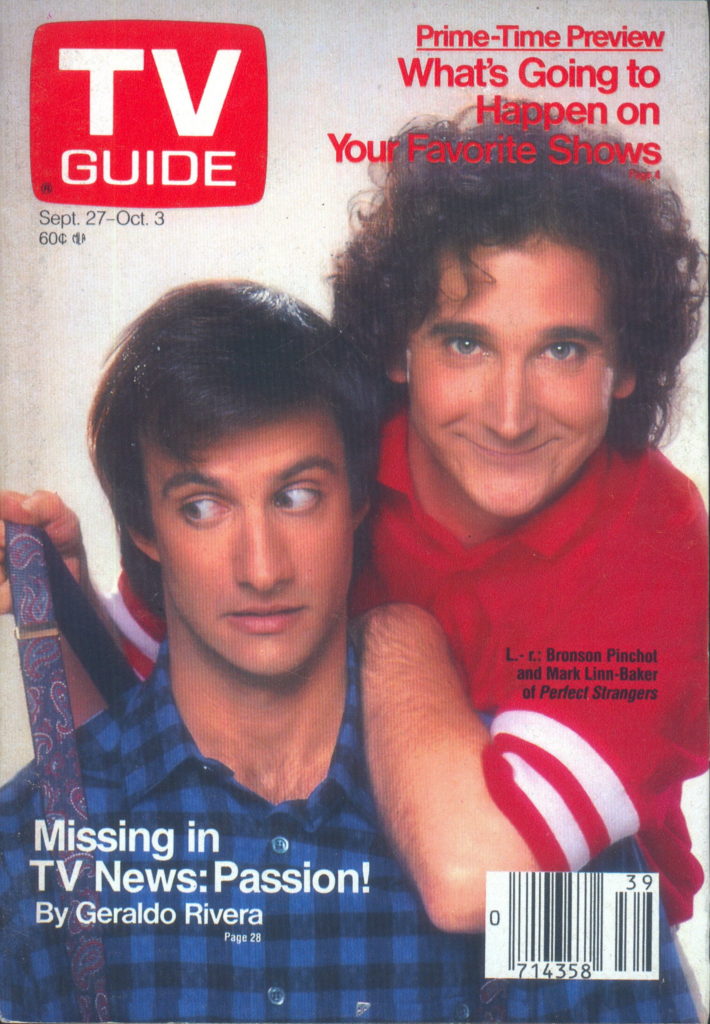
The contrast between Larry and Balki in Perfect Strangers is a fine example of that ‘fish out of water’ trope we find so irresistible. Both Larry and Balki have moved to Chicago for the first time, but there’s a key difference- Larry has lived in America his whole life, while Balki has lived in a Mediterranean island. Ironically, Larry and Balki are both equally lost in their new lives, just in different ways. This comedy about an immigrant in America and a countryside native in the big city was kind of a big step forward in the entertainment industry. The show got rejected by major TV networks numerous times for its focus on immigration. Nevertheless, when Perfect Strangers finally received approval for screening, it garnered a large audience and is still beloved by many.
Married with Children

Married with Children challenged the television industry in many ways during its time. There had never been a show like Married with Children before; it was a strong contrast to the ‘healthy’ families portrayed in the traditional sitcom. Al and Peggy can’t seem to stand each other, with Al talking about regretting marrying Peggy and Peggy complaining about Al’s inability to provide her with a lavish lifestyle. Their children are misfits who poke fun at each other for the most part, one being a ‘dumb blonde’ and the other being obsessed with women he can’t attain. This, alongside the risqué jokes made in the show, lead many family values groups to protest against it. However, this show managed to do well in viewership ratings regardless.
Reading Rainbow
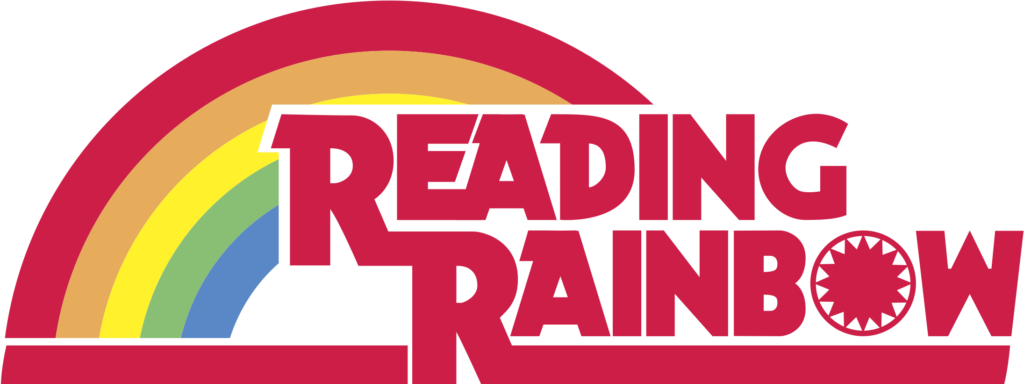
This children’s show began running in the early ’80s but ran for a staggering 23 years. Children, parents, and teachers alike loved and supported this show, which taught the importance of reading to the impressionable youth. Not only did this show promote the educational value of reading, but it also made reading fun. This PBS show was unlike any other, as it began to make an appearance in the American classroom. Several school teachers would screen this show for their students when there was free time. Reading Rainbow’s host, LeVar Burton, holds a special spot in many 80’s children’s’ hearts for being one of the first educators of their lives.
Full House
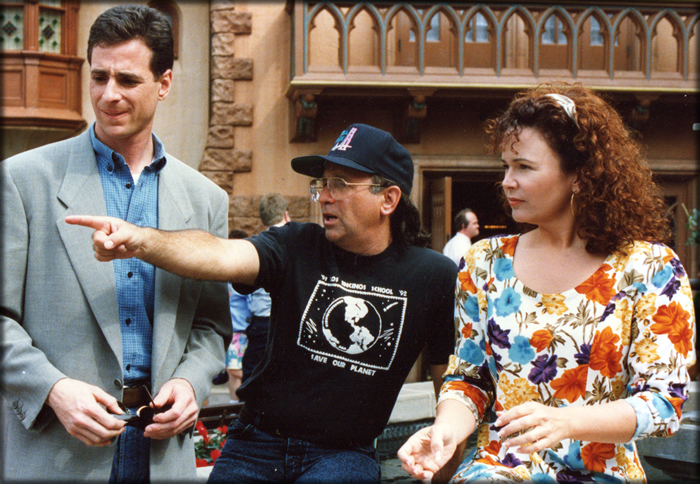
Though this show began to air in the late ’80s, it qualifies as an 80’s TV program regardless. Many drew parallels from The Brady Bunch to Full House, as it was reminiscent of the classic family sitcom that aired in the ’60s and ’70s. Despite this, there are quirks to Full House that sets it apart from its predecessors. After the sudden and unexpected passing of his wife, Danny had no idea how to raise his three young daughters alone. He ropes his brother in law and childhood best friend into the family, and the three men raise the small girls together. The relationship between this new familial unit is oftentimes touching, and memorable. The show was so beloved that it gained a sequel on Netflix in 2016.
Alf

Alf is perhaps one of the strangest shows of the ’80s. Alf, an alien, accidentally crash lands onto the Tanner family’s back lawn. Alf works his way into being a part of the family. Though he oftentimes threatens to eat the family alive, the Tanners continue to care for Alf and protect him from the government officials looking for him. Unfortunately, Alf ended on a cliffhanger- Alf gets captured by the Alien Task Force and the series failed to get renewed for a fifth season. The difficulty to produce Alf, whereas each half-hour episode took roughly twenty hours to shoot, was a large reason behind its cancellation. Despite its abrupt ending, Alf remains a fan favorite amongst comedy and sci-fi lovers alike.
Knight Rider

The cinematic experience that is each episode of Knight Rider is unlike any other. Michael Knight and his artificially intelligent car KITT both serve as the main character of this show, as the two conquer and overcome dangerous missions together. Although KITT is highly mechanically developed and indestructible, KITT seems more human than a machine- KITT is self-aware and provides a large sum of the intriguing monologues in the program. This was one of the earliest programs to portray artificial intelligence as something ‘cool’ and desirable. Many adolescents of the era were jealous of Knight’s KITT, dreaming of owning a smart car themselves.
The A-Team

The A-Team gave action lovers exactly what they were looking for on television. With its general lack of a plot or overarching storylines, viewers could disregard chronology and watch any episode of the show without compromising any of their general understanding of the program. Most of the show focused on delivering exciting, action-packed scenes following the lives of four wrongfully convicted fugitives on the run. Despite its use of violent weaponry and adventurous fight scenes, the more conservative audience of the ’80s was not necessarily scared away from the program as characters rarely died or got injured. Due to this, even children were able to enjoy this enticing, thrilling program.
Roseanne

Again, this show is bittersweet as it is oftentimes difficult to separate the program from its face- the lead actor. Regardless of the controversy surrounding Roseanne Barr, this show was especially monumental in the ’80s when it began. Prior to this, there were little shows portraying a working-class family struggling to make ends meet. Unlike the other family sitcoms where working-class families never experienced financial issues, Roseanne was realistic and this was extremely relieving to the viewer. Additionally, it was one of the first sitcoms with overweight actors where the plot did not circulate around their weight, nor run on jokes about their bodies. Disregarding the final season of Roseanne, this show was commendable for breaking barriers in its time.
Pee Wee’s Playhouse
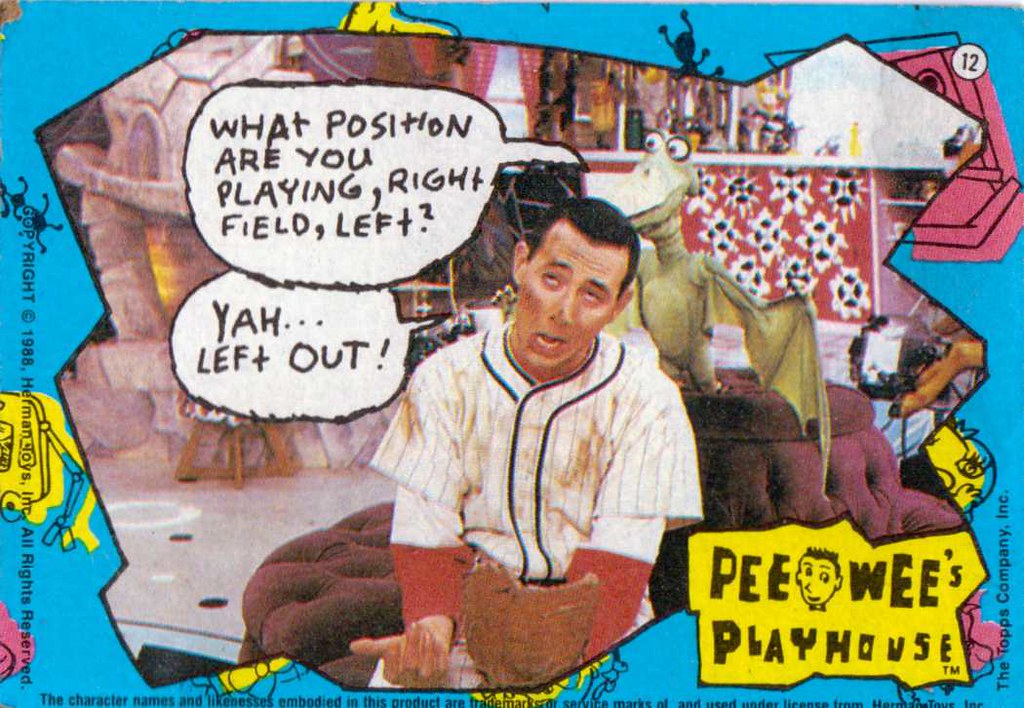
Pee Wee’s Playhouse is perhaps one of the most memorable children’s shows from the ’80s. However, this show attracted both children and adults. Pee Wee’s Playhouse drew inspiration from children’s shows from two decades back, such as The Mickey Mouse Club. Children enjoyed Pee Wee’s Playhouse for its hilarious lead and its ability to meet kids eye to eye- characters never ‘talked down’ on the kids and treated them as equals. On the other hand, adults enjoyed the program because it was reminiscent of the children’s shows they watched in their own youth. This live-action comedy never fails to entertain, and continues to inspire many children’s shows today.
The Wonder Years
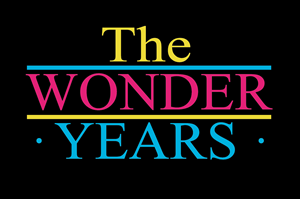
It can be said that The Wonder Years was the coming of age series of the ’80s. This show reflected society’s political climate following the Vietnam War, giving adolescents exposure to serious topics that were oftentimes not discussed in shows geared towards youths. This program seemed to offer a little bit of everything: lessons on friendships, on and off romances, the ups and downs families experience together, and more. Many film critics consider The Wonder Years as a show that fundamentally changed the entertainment industry. Many later shows drew inspiration from The Wonder Years’ format, as it popularized the use of the main character narrating and looking back on their younger years from adulthood.
Night Court

Night Court paints the portrait of a late-night municipal court and the bizarre individuals working the graveyard shift. The judge, Harry Stone, is incredibly quirky; he only got the job because nobody else answered the employment calling and he loves performing magic tricks in court. Meanwhile, the prosecutor, Dan Fielding, seems more concerned with sex and women than his legal cases at hand. The supporting cast of Night Court is equally twisted, which guarantees laughter in each episode. Much of Night Court relies on raunchy, edgy comedy. The juxtaposition of this sort of humor with what should be a serious courtroom setting is what makes this show so amusing. To this day, there is nothing quite like this absurd, unique program.
Moonlighting

Moonlighting is another one of the beloved crime shows of the ’80s. The show follows private detectives Maddie and David, and their receptionist Agnes working together to crack tough cases. This show is the perfect blend of comedy, mystery, drama, and romance. The building romance between Maddie and David was incredibly intense; many found themselves jumping up to their feet when the two finally consummated their relationship. With a budget that was double the budget of standard TV shows at the time, each episode of Moonlighting featured incredible cinematography. Likewise, each episode’s script was double the standard script of an hour-long TV shows’, as characters spoke in fast-paced and overlapping dialogue. In a way, viewers felt like they were watching a film with each episode. Despite regularly breaking the fourth wall, this show was an incredibly immersive experience.
In Closing
That wraps up our list of some of the best TV shows from the ’80s! Did we miss any of your favorite shows? Did you find anything you have yet to watch?
We would love to hear from you, leave a comment below!

